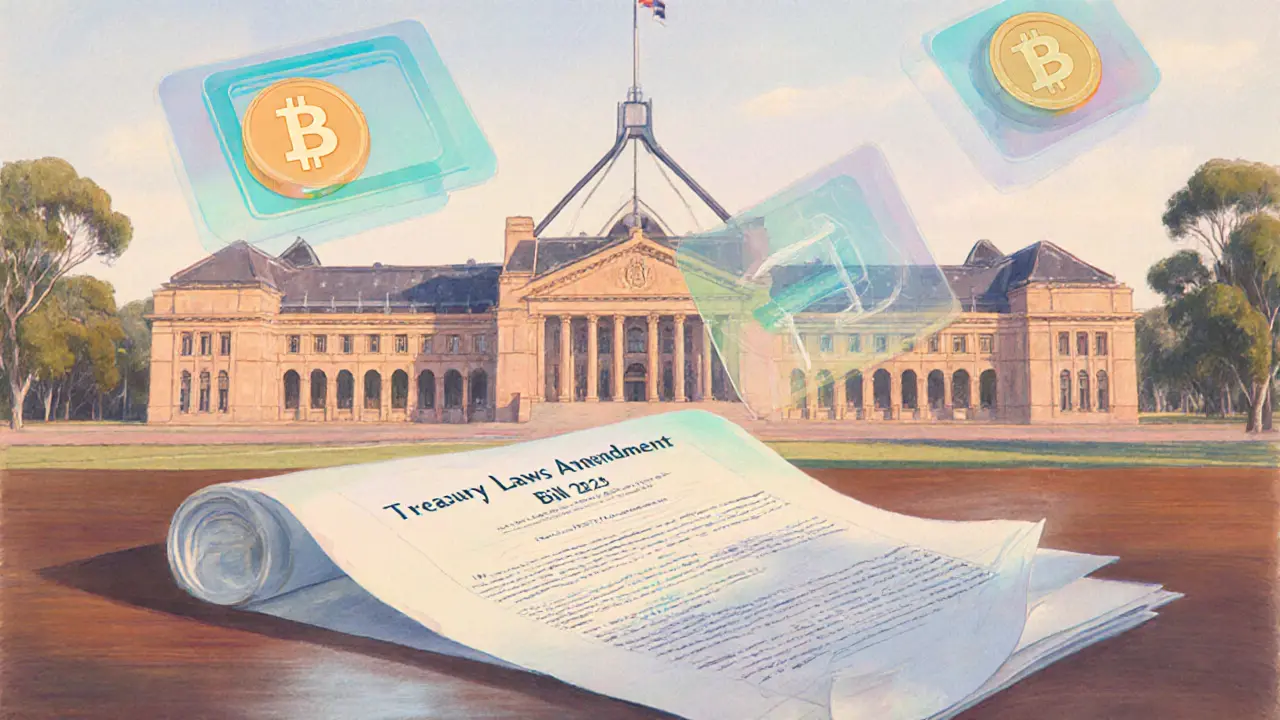ASIC Crypto Regulation: What It Means for Crypto in Australia
When working with ASIC crypto regulation, the set of rules the Australian Securities and Investments Commission applies to digital assets, token offerings, and crypto‑related services. Also known as Australian ASIC crypto rules, it governs who can operate, how products are marketed, and what compliance steps are required.
The core of this framework revolves around crypto exchanges, platforms that let users buy, sell, and trade digital assets. ASIC requires these venues to hold an Australian Financial Services (AFS) licence, implement robust AML/CTF controls, and provide transparent disclosures. At the same time, stablecoins, digitally pegged tokens designed to maintain a stable value fall under the same scrutiny when they are offered to retail investors, because they can be classified as financial products. This creates a direct link: ASIC crypto regulation ↔ requires licensing for crypto exchanges and imposes product‑specific rules for stablecoins.
Related Rules and Real‑World Impact
Beyond licensing, the regulator’s guidance touches on taxation. Crypto transactions are treated as capital gains or ordinary income depending on the activity, and ASIC works with the Australian Tax Office to ensure proper reporting. The agency also monitors emerging CBDC initiatives; Australia’s “digital dollar” pilot is designed to fit within the existing framework, meaning future central‑bank digital currencies will be subject to the same consumer‑protection standards.
Internationally, Australia’s approach sits alongside other jurisdictions like Iraq’s outright crypto ban and the UAE’s fast‑growing crypto hub. Those contrasting models help illustrate why ASIC focuses on a balanced regime: protect investors, foster innovation, and keep the market attractive for global players. For example, while Iraq imposes a total ban and heavy penalties, Australia lets licensed exchanges operate but demands clear risk warnings and strict AML checks.
Practical takeaways for anyone eyeing the Australian market are simple. First, verify that any exchange you use lists an AFS licence number – that’s the quickest proof of compliance. Second, keep detailed records of every trade, including timestamps and values in AUD, to simplify tax filing later. Third, stay updated on stablecoin rulings; if a token you hold is re‑classified as a financial product, you may need to meet additional disclosure requirements.
All of these pieces – licensing, AML, taxation, stablecoin rules, and CBDC coordination – form a cohesive ecosystem that ASIC aims to keep transparent and secure. Below you’ll find a curated collection of articles that dive deeper into each aspect, from the latest market‑duration analysis to how other countries handle crypto bans. Explore the posts to see how these regulations play out in real‑world scenarios and what you can do to stay compliant.

Explore Australia's new crypto consumer protection framework, licensing rules, exemptions and what they mean for everyday users.
Jonathan Jennings Oct 10, 2025




